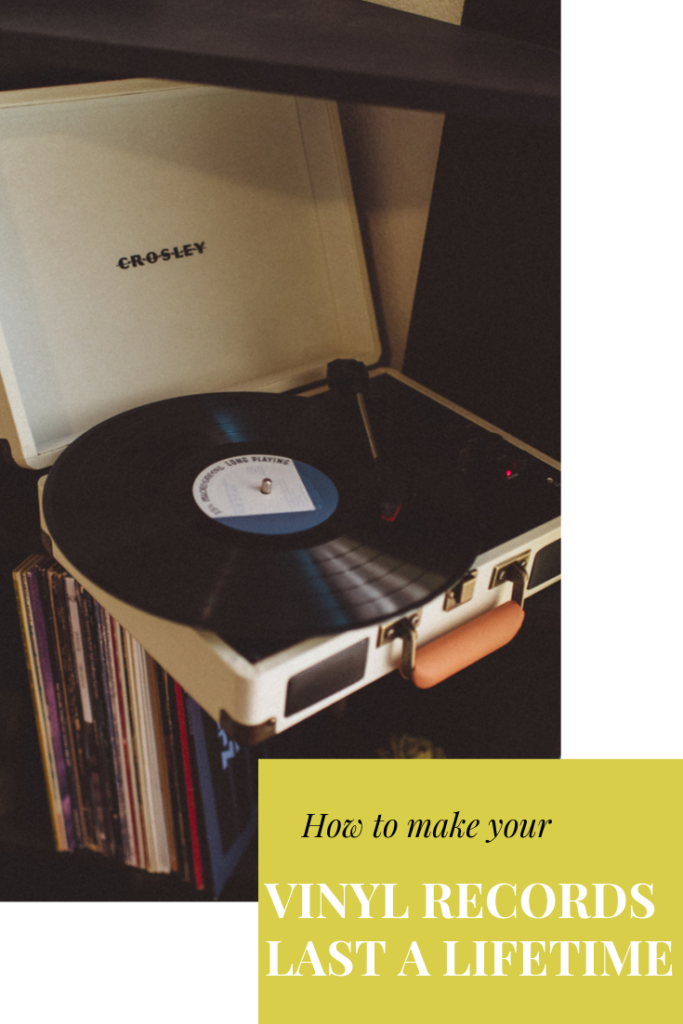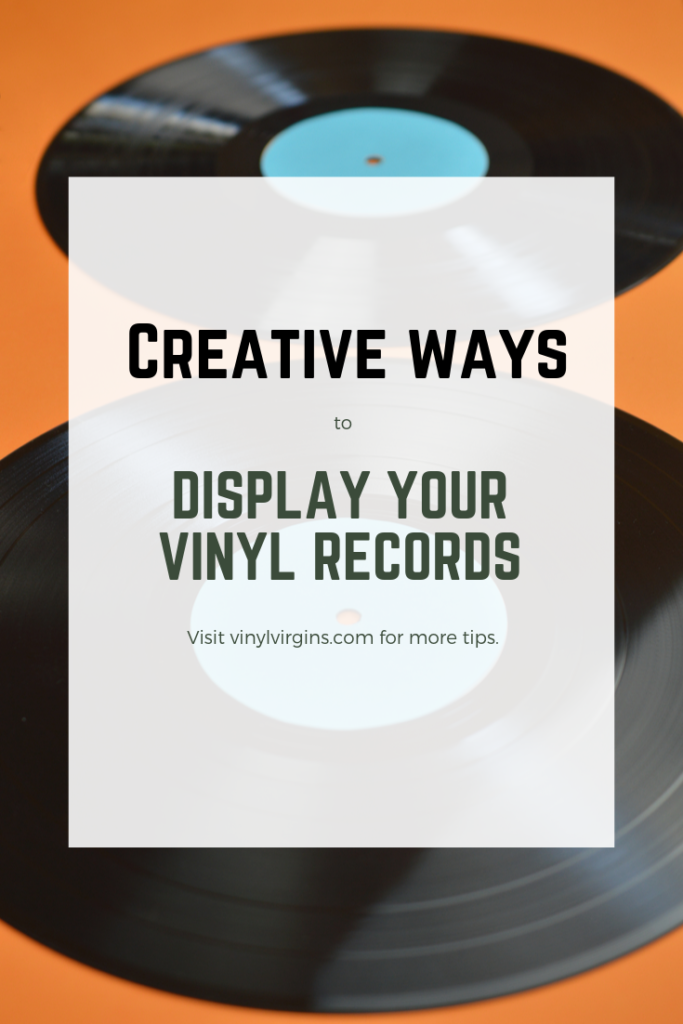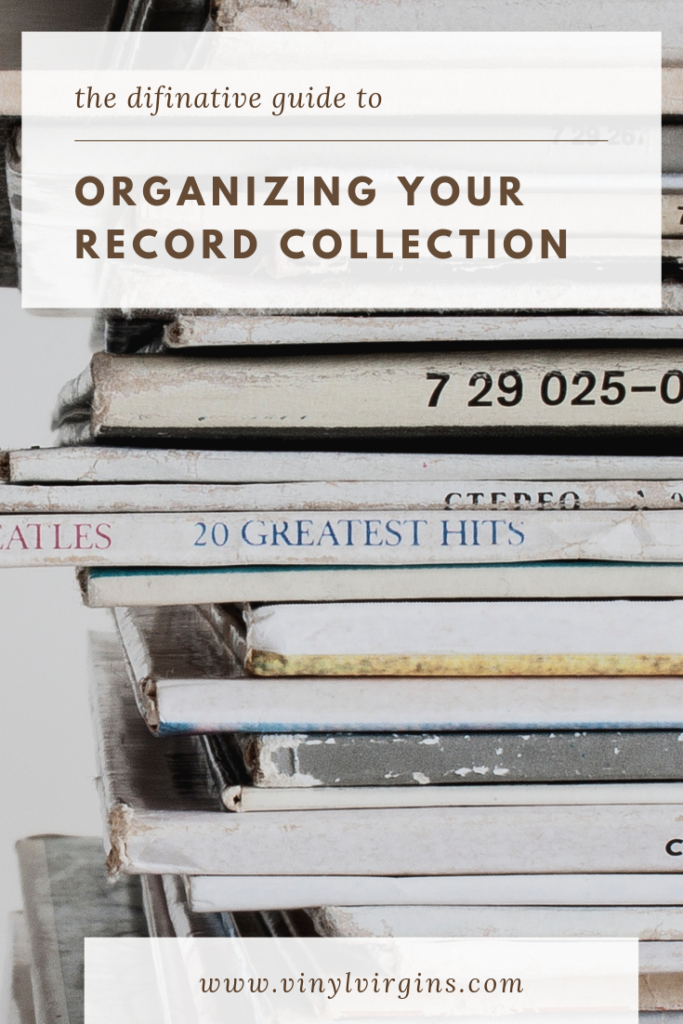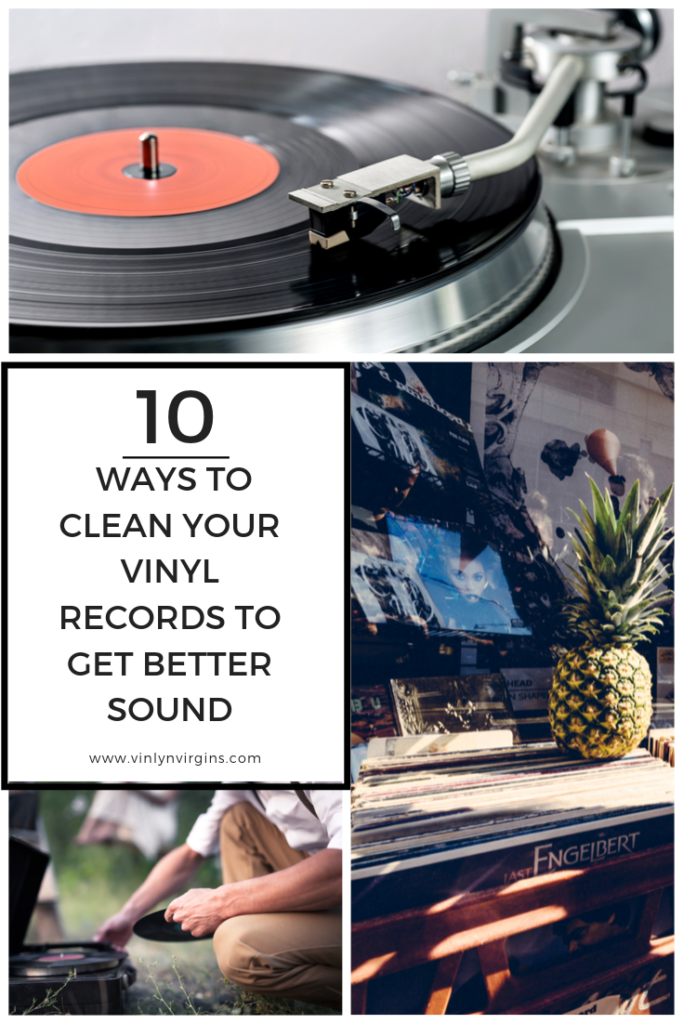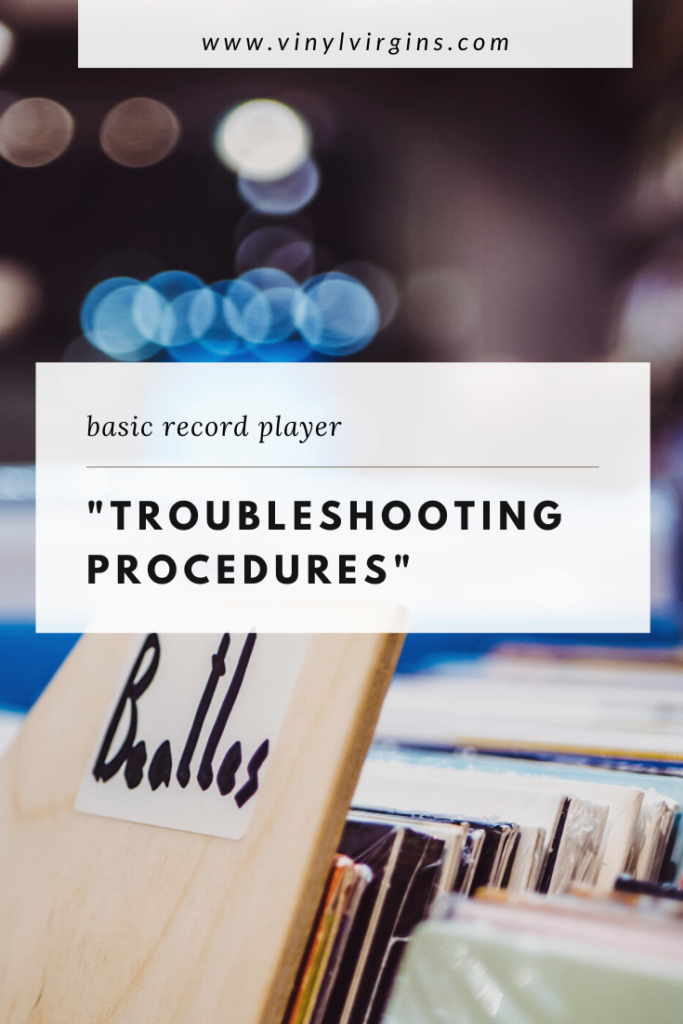have a look around
PROTECTING YOUR INVESTMENT:
RECORD CARE AND STORAGE GUIDES
HOW TO MAKE YOUR VINYL RECORDS LAST A LIFETIME (protecting your vinyl records)
Having a vinyl records collection can be a great thing. There are very few people who have this hobby and know why it is important protecting your vinyl records. However, vinyl is fragile and requires special care to maintain in good form. If you intend to have your collection last a lifetime, you will have to be careful how you use, handle, and treat it. The following guide should help you in this regard.
Keeping vinyl records in their top condition can be a challenge. Every time you listen to them, you are taking the risk of potential damages. Dust and dirt can cause the creation of pops and tics. If the tonearm is too heavy or light, it can result in the stylus scraping the audio detail. As already mentioned above, vinyl is extremely delicate. So how do you have your valued collection last for decades, if not for centuries?
LEARN TO HANDLE RECORDS PROPERLY
How you handle your records has a significant impact on their condition.
- Firstly, you should always touch vinyl at the outer edge
- You can also move them through the paper label
- Make sure your hands are clean
- Oil can reach the grooves and attract dust and build a mold
- You should never touch the grooves
Proper handling is also essential during the time before and during play. Once you have listened to a record, make sure that you slide it into the sleeve. Never drop the disc into the envelope, as it can cause the sleeve to split or the vinyl to have scratches. and
CREATIVE WAYS TO DISPLAY YOUR VINYL RECORDS (protecting your vinyl records)
In addition to sounding great and all the ritual and tradition associated with it, most people cherish vinyl records for their aesthetic appeal. Collectors love to flaunt the large format artwork and the satisfaction that comes with owning it. If you are a proud collector and like protecting your vinyl records, then you should also learn the art of displaying your records to make the most the experience of owning it.
Here are ten creative ways to display your vinyl records.
1. PICTURE LEDGES
You can commonly see the picture ledges at the local record stores. They line the walls and have both aesthetic and functional benefits. Moreover, they are great to display and provide easy access to the collection. The design of these ledges can be great for pictures, but they can also work great for your 7-inch and 12-inch records as well.
You can mount picture ledges above your record player, and they will provide exceptional ease of access. These are, however, more suited to places where there is no risk of dust buildup. The best picture ledges are made of solid oak and work as excellent alternatives to picture frames.
2. RECORD FRAMES
Record frames are comfortable, yet the most common display methods for showcasing the vinyl collection. There are many reasons why you cannot go wrong with them
THE BEST VINYL RECORD STORAGE OPTIONS FOR COLLECTORS (protecting your vinyl records)
You may have a small collection of vinyl records or a vast selection of hundreds of albums. Whatever the size of your group, it is essential to organize and store vinyl carefully.
However, both the organization and storage should address style and functionality. So, how do you address the storage aspect to ensure that your valued collection remains safe and sound in the long-term?
FACTORS AFFECTING STORAGE OPTIONS
You must address the following four key factors when considering the storage option for protecting your vinyl records.
I. HEAT
It is better to store your records at room temperature or lower. Room temperature ranges from 59 degrees to 77 degrees. Also, you must keep the vinyl away from vents, radiators, and grills.
II. LIGHT
You should preferably not expose your vinyl to light.
THE DEFINITIVE GUIDE TO ORGANIZING YOUR VINYL RECORDS COLLECTION (protecting your vinyl records)
Do you have a large enough collection of vinyl records? It is undoubtedly going to need a library-style organization to allow easier and quick access every time you want to listen to the music that is on your mind. The style and effectiveness of the organization play a significant role in determining if you can find the desired album quickly. It is especially crucial for those who like to listen to their records often.
You must practice the subsequent suggestions when it comes to ensuring the efficient organization of your valued vinyl collection.
CONSIDER THE FOLLOWING FACTORS
Make sure to consider the following factors before you start with getting all the materials and create a plan for organizing and protecting your vinyl records.
I. ROOM TEMPERATURE
If the room has high temperatures or remains warm, it can create an ideal condition for mold growth. And vinyl is a natural surface for mold growth. The cover can get warped. Another way high temperature affects vinyl is by melting it, even though slightly. So make sure that you store your vinyl in a room that is dry and cool. The room should not be more than 70 degrees hot.
TOP WAYS TO CLEAN VINYL RECORDS AND GET BETTER SOUND (protecting your vinyl records)
Keeping your vinyl records clean is important. From the ritual dusting, every time you put a record on and off the turntable to those special moments when you decide to spend a little more time with your precious collection, taking proper care of your vinyl is essential.
It is true that for many people cleaning their vinyl records could be a bit of a hassle, but the fact is that if you enjoy spending time listening to these records, you will undoubtedly want to get better sound out of them. Plus, the best way for protecting your vinyl records is by cleaning them regularly. So what are some of the easiest and simplest ways to keep your collection spotless?
1. MICROFIBER CLEANING CLOTH
Sometimes the simplest solutions are the best. This method will undoubtedly go a long way to help you turn even the dustiest records to a state of spotlessness.
It is always good to have a cloth handy. The soft surface allows these clothes to glide over the surface and scoop up all the dust and small particles that might have collected on your records. This is perhaps the most generic method you can use but alway remember K.I.S.S.
2. AUDIOQUEST ANTI-STATIC RECORD CLEANING BRUSH
If you want to really clean those grooves, you will probably want to consider slightly more specialized
Basic Record Player Troubleshooting Procedures
Troubleshooting record players require electrical and mechanical knowledge. Record players usually operate on the fundamental principles of geometry and physics. The record player rotates the vinyl at the set speed. The needle reads the vibrations produced by the groove, and the physical vibration turns into an electrical signal or amplified sound for playback. After learning the fundamental principles of mechanics and diagnostics, you can quickly and efficiently troubleshoot and repair turntables.
While turntables sometimes stop working outright, most of the time, they will work, but not as great as before. Sure, you may want to take it to a professional for repairs, but most times, that is unnecessary.
Most of the time, it is only a small problem that you can fix yourself. The ability to carry out basic troubleshooting on a faulty turntable will save you money and time.
Occasional maintenance, even when the record player is still working correctly, is extremely beneficial. It helps avoid future issues and lengthens the record player’s lifespan. Keep in mind that turntables have several sensitive parts. So, it is recommended that you only carry out the necessary troubleshooting procedures.
Some simple things you can do include thorough cleaning the player, a visual inspection of its components, repairing the power source, replacing the cartridge, belt, and needle.
Keep reading to learn some basic record player troubleshooting procedures. They are straightforward, and almost everyone can perform them with ease.

